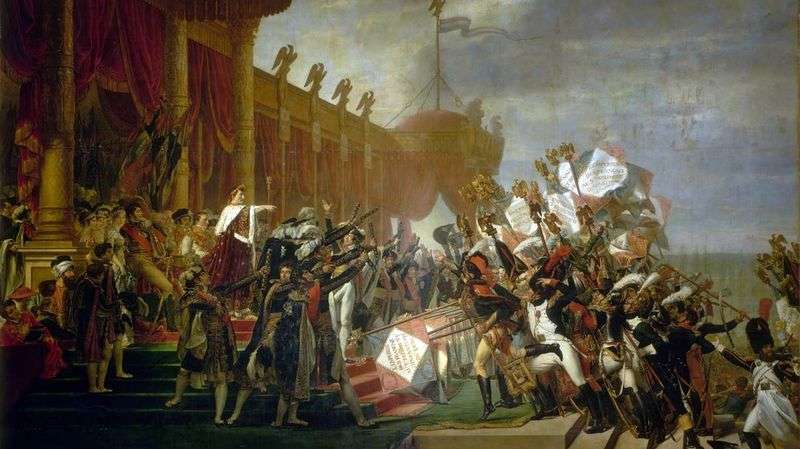
David’s life coincided with the most turbulent period in the history of France. Caught in the thick of events, the artist unwittingly became a chronicler of the recent history of his country. Indeed, the paintings of David, written between 1789 and 1815, strike as much as the works of the pre-revolutionary period, although they have not been so carefully executed.
The haste with which these canvases are written is quite understandable. During and after the revolution, the artist was too busy with politics, he simply did not have enough time to devote himself entirely to the creative process. As a rule, the large paintings of David, begun in those years, remained unfinished.
Expressive convey the mood of the era of his small works – for example, a simple portrait of Marie Antoinette, driven to the guillotine, 1793. David wrote three martyrs of the revolution: the murdered journalist Marat, the former aristocrat Lepellet and Joseph Barra. After the revolution, the artist created a bold portrait of the new emperor – “Napoleon on the Pass Saint-Bernard”, 1800. While Bonaparte remained in power, David enjoyed his benevolence, being a court painter. He received several large orders in those years, such as, for example, “Distributing Eagles.” However, these pictures lack the immediacy and simplicity that were characteristic of the artist’s early works.
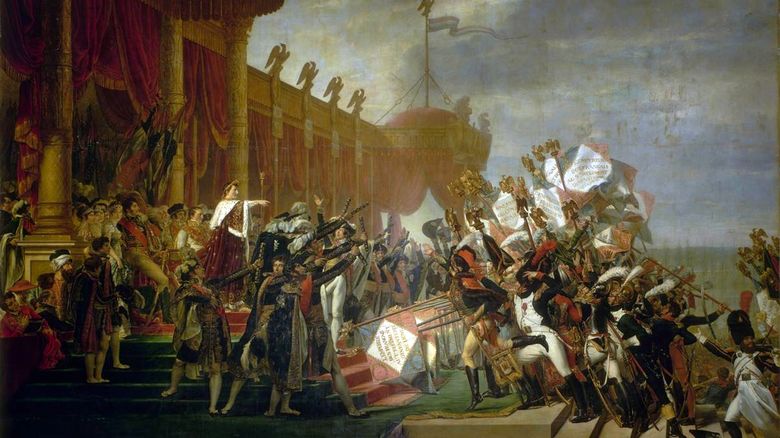 Distribution des aigles – Jacques Louis David
Distribution des aigles – Jacques Louis David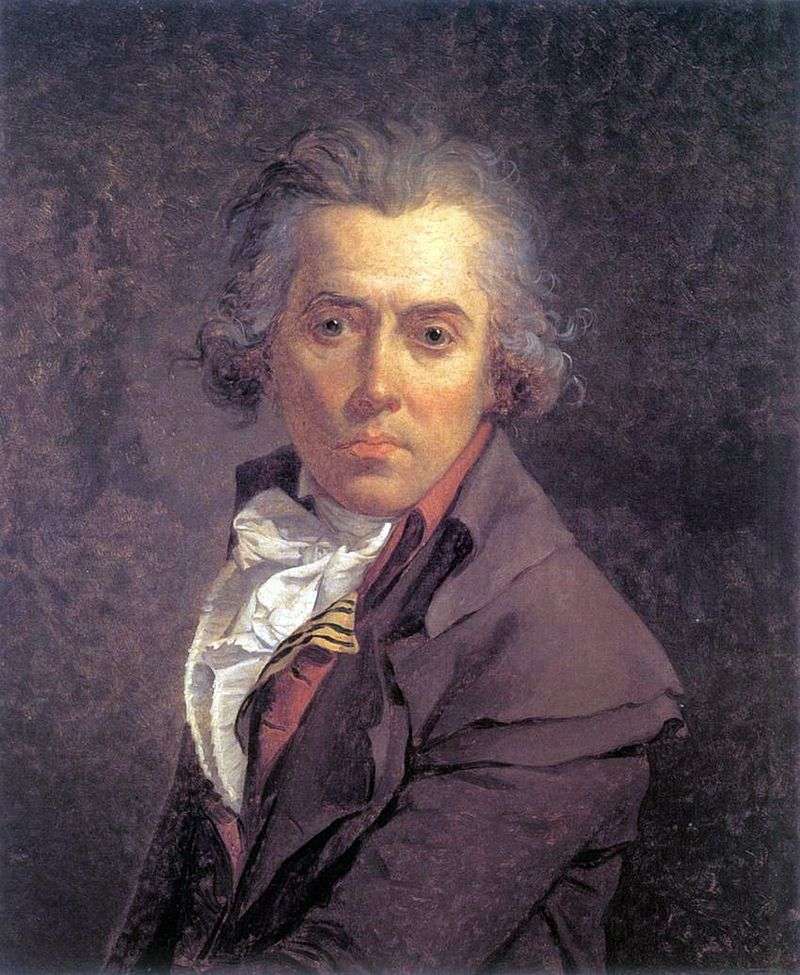 Self-Portrait by Jacques Louis David
Self-Portrait by Jacques Louis David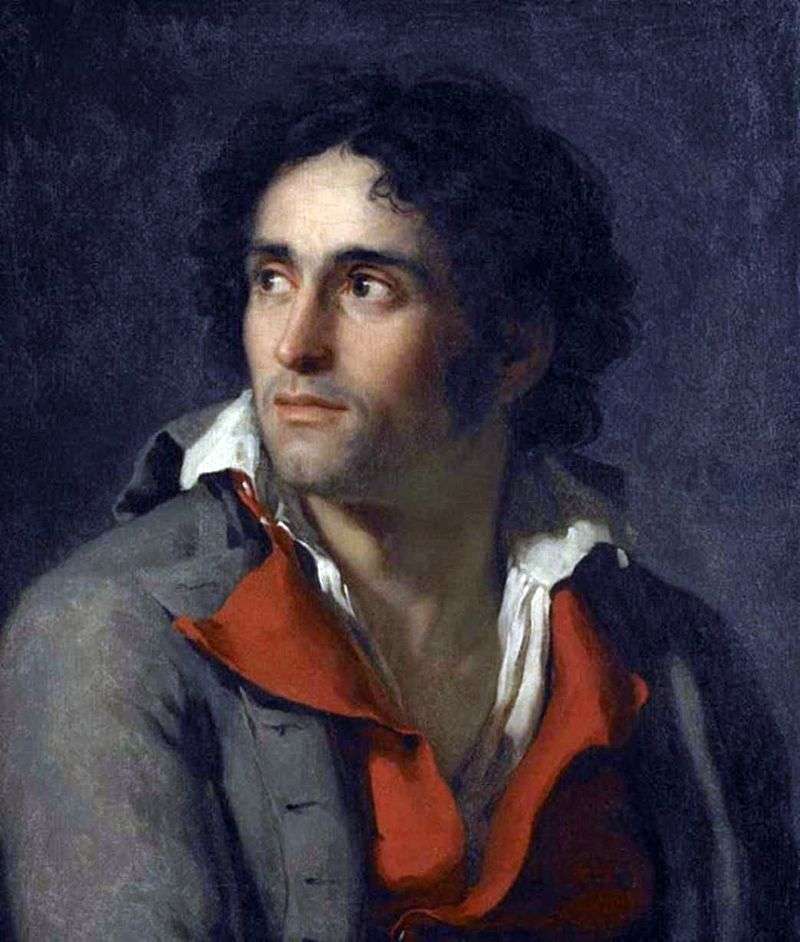 Portrait of the jailer by Jacques Louis David
Portrait of the jailer by Jacques Louis David The Battle of Mars with Minerva by Jacques Louis David
The Battle of Mars with Minerva by Jacques Louis David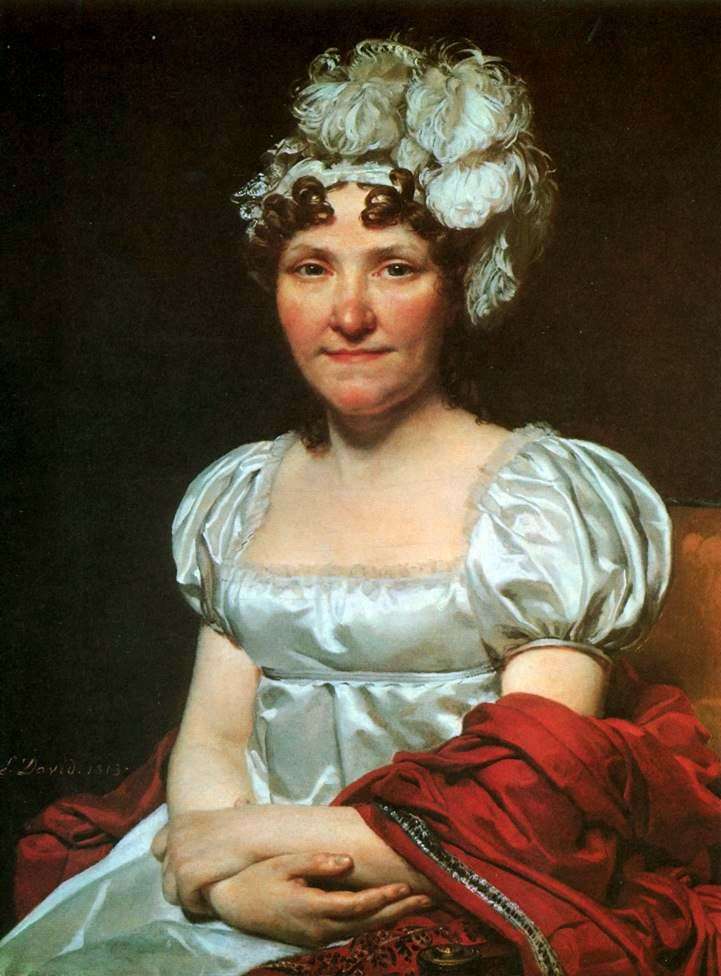 Margarita-Charlotte David by Jacques Louis David
Margarita-Charlotte David by Jacques Louis David Zinaida and Charlotte Bonaparte by Jacques Louis David
Zinaida and Charlotte Bonaparte by Jacques Louis David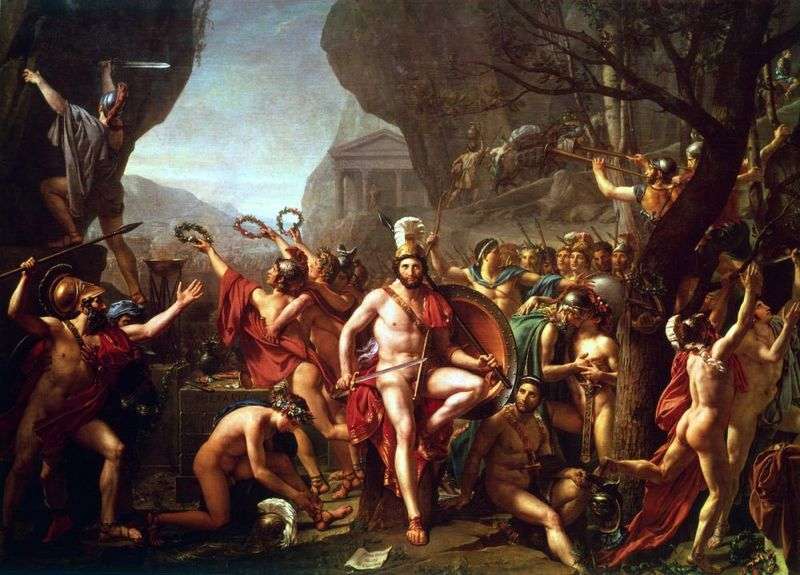 Leonid at Thermopylae by Jacques-Louis David
Leonid at Thermopylae by Jacques-Louis David Pierre Serizia by Jacques Louis David
Pierre Serizia by Jacques Louis David